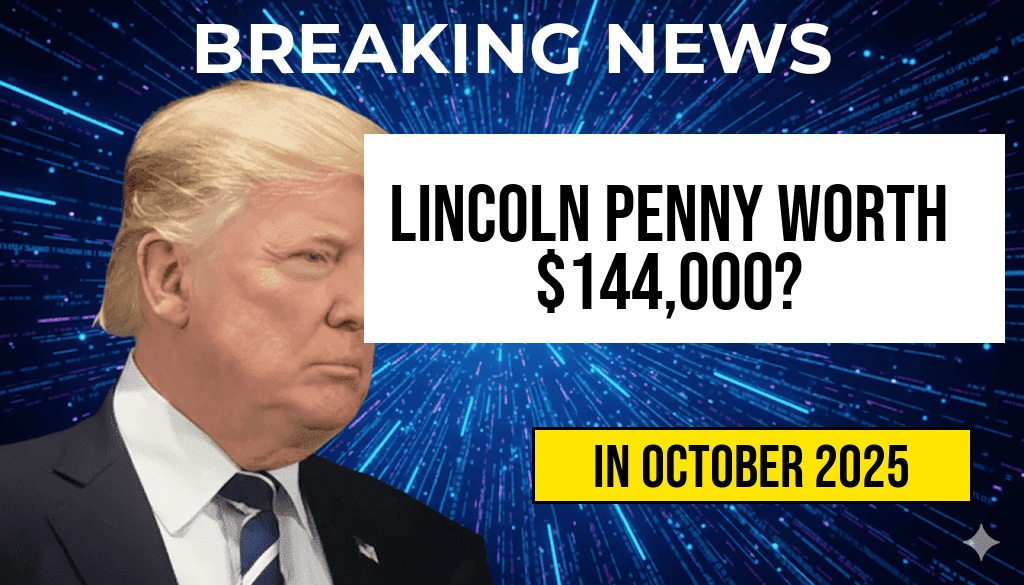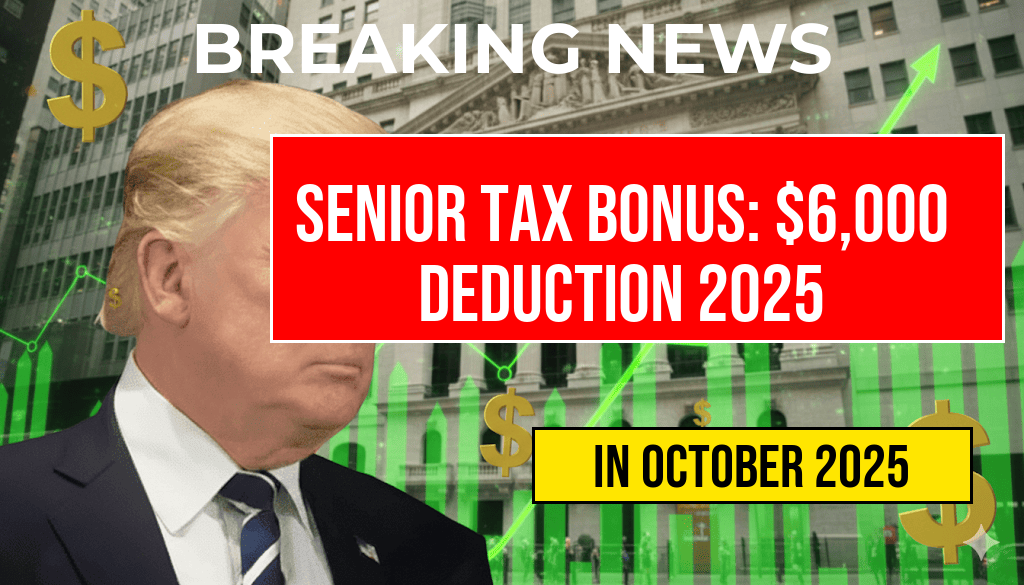The discovery of a Lincoln Wheat Penny valued at approximately $144,000 has ignited curiosity among coin collectors and casual observers alike. The coin, believed to be a rare early minting from the 1909 series, remains surprisingly in circulation despite its high collectible value. This paradox raises questions about how such valuable coins can still be found among everyday currency and what factors contribute to their rarity and worth. Experts suggest that while most coins of this type are hoarded or stored in private collections, some still find their way into circulation, either through inadvertent handling or as part of larger, unrecognized batches. The presence of such a valuable coin in everyday transactions underscores the importance of careful examination of coins and the ongoing relevance of numismatic expertise.
Understanding the 1909 Lincoln Wheat Penny
The 1909 Lincoln Wheat Penny is a pivotal piece in American coinage history, marking the first year of the Lincoln series introduced to replace the Indian Head cent. Designed by Victor David Brenner, the coin features Abraham Lincoln’s portrait on the obverse and two wheat ears on the reverse. While millions of these coins were minted, certain varieties and minting errors have made specific examples exceedingly rare and valuable.
Key Factors Contributing to Its Value
- Minting Errors: Coins with double strikes, off-center errors, or unusual die varieties can significantly increase in value.
- Limited Mintage at Certain Mints: The 1909 penny was produced at multiple mints, but some locations, such as the San Francisco mint, produced fewer coins, making those specimens rarer.
- Condition and Grade: Coins preserved in uncirculated or near-mint condition fetch higher prices, especially if they retain original luster and minimal wear.
Why Is a Coin Valued at $144,000 Still in Circulation?
Despite its high valuation, the 1909 Lincoln Wheat Penny can still appear in circulation—an anomaly in the numismatic world. Several factors explain this phenomenon:
Unrecognized Rarity
Many individuals and even some coin dealers may overlook the rarity of certain coins, especially if they lack detailed knowledge of specific varieties or errors. A penny that looks ordinary at first glance may, upon closer inspection, be a rare specimen.
Coin Circulation and Hoarding
While most rare coins are hoarded by collectors, a subset remains in general circulation due to their initial release into everyday commerce or accidental mixing. Over time, these coins become scattered across the economy, making their discovery by unwitting individuals possible.
Authenticity and Certification
Valuations reaching hundreds of thousands of dollars typically require authentication and grading by professional organizations such as the Professional Coin Grading Service (PCGS) or Numismatic Guaranty Corporation (NGC). The coin in question has likely been examined and certified, confirming its rarity and condition. However, until it is sold or officially declared a collector’s item, it remains technically in circulation.
Implications for Coin Collectors and the Market
The presence of such a valuable coin in everyday circulation highlights the importance of vigilance among coin enthusiasts. It also underscores the potential for hidden treasures within common currency. Experts advise collectors and casual holders alike to familiarize themselves with key features of rare coins, such as mint marks, die varieties, and error characteristics.
How to Identify a Valuable Lincoln Wheat Penny
- Check for the 1909 VDB: The designer’s initials appear on the reverse near the bottom; early 1909 coins with the VDB initials are particularly sought after.
- Examine the Mint Mark: Coins minted in San Francisco bear an ‘S’ mint mark, often more valuable than those from Philadelphia or Denver.
- Assess Condition: Coins with minimal wear, full detail, and original luster command higher prices.
- Look for Errors: Double strikes, off-center images, or unusual die cracks can increase a coin’s value.
Market Trends and Future Prospects
The numismatic market continues to evolve, with certain key specimens appreciating in value over time. The rarity of specific 1909 Lincoln Wheat Pennies, especially those with unique errors or mint marks, ensures their desirability among collectors. As grading standards become more precise and the hobby grows globally, coins like the one valued at $144,000 could see their worth rise further.
Resources for Collectors
| Resource | Description | Website |
|---|---|---|
| PCGS | Professional grading and certification for rare coins | https://www.pcgs.com |
| NGC | Leading coin grading service and marketplace | https://www.ngccoin.com |
| Wikipedia – Lincoln Cent | Historical overview and varieties of Lincoln cents | https://en.wikipedia.org/wiki/Lincoln_cent |
While the idea of a penny worth hundreds of thousands of dollars circulating among everyday currency seems extraordinary, it underscores the enduring intrigue of numismatics. Awareness and careful examination remain key for those who wish to uncover hidden treasures in the coins they handle daily.
Frequently Asked Questions
What makes the Lincoln Wheat Penny so valuable?
The Lincoln Wheat Penny is valued at $144,000 primarily due to its rarity, condition, and historical significance, especially if it’s a rare minting or has unique features that collectors highly seek.
Is it possible to find a Lincoln Wheat Penny in circulation today?
While Lincoln Wheat Pennies were widely circulated in the early 20th century, finding one still in circulation today is extremely rare, especially those with high collectible value.
What are the identifying features of a valuable Lincoln Wheat Penny?
Valuable Lincoln Wheat Pennies typically have specific features such as rare mint marks, errors, or exceptional condition. Identifying these features can significantly increase their value.
How does the condition of a Lincoln Wheat Penny affect its value?
The condition or grade of a Lincoln Wheat Penny greatly impacts its value. Coins in mint state or with minimal wear are often worth much more than those that are heavily circulated.
Can I determine the value of my Lincoln Wheat Penny myself?
While basic valuation can be done through online resources and coin guides, for an accurate appraisal of your Lincoln Wheat Penny’s worth, it’s best to consult a professional coin appraiser or reputable dealer.








